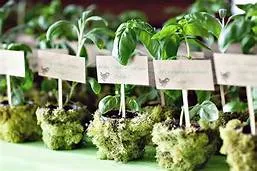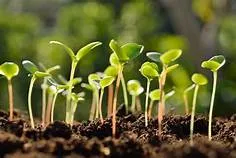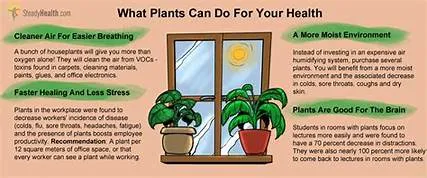
When we think of the word “plants” we typically picture trees, bushes, grasses, and ferns – so-called “vascular plants” because of their full systems of leaves, stems, and roots. However, the plant kingdom also includes mosses, liverworts, and hornworts, simpler plants that lack these water-transporting structures.
A defining characteristic of plants is their ability to produce energy through photosynthesis. Through this process, plants capture the sun’s energy and use it to fuel chemical reactions that convert carbon dioxide and water into oxygen and energy-containing carbohydrates (sucrose, glucose, or starch).
Plants may reproduce sexually by flowering and producing seeds, or through spore production. They also reproduce asexually through budding, bulb formation, and other types of vegetative reproduction.

Plants help to promote health in more ways than just food and medicine. Plants - especially trees and shrubs - improve the quality of the environment in many ways. They:-
clean and oxygenate the air;
remove carbon dioxide (a greenhouse gas);
bind the soil and prevent its erosion;
help control the water cycle, (encourage normal rainfall, help prevent floods and droughts);
moderate temperature extremes.
In this way they improve the climate. Last, but not least, their greenness and vitality is very pleasant and adds an immeasurable quality to the environment.